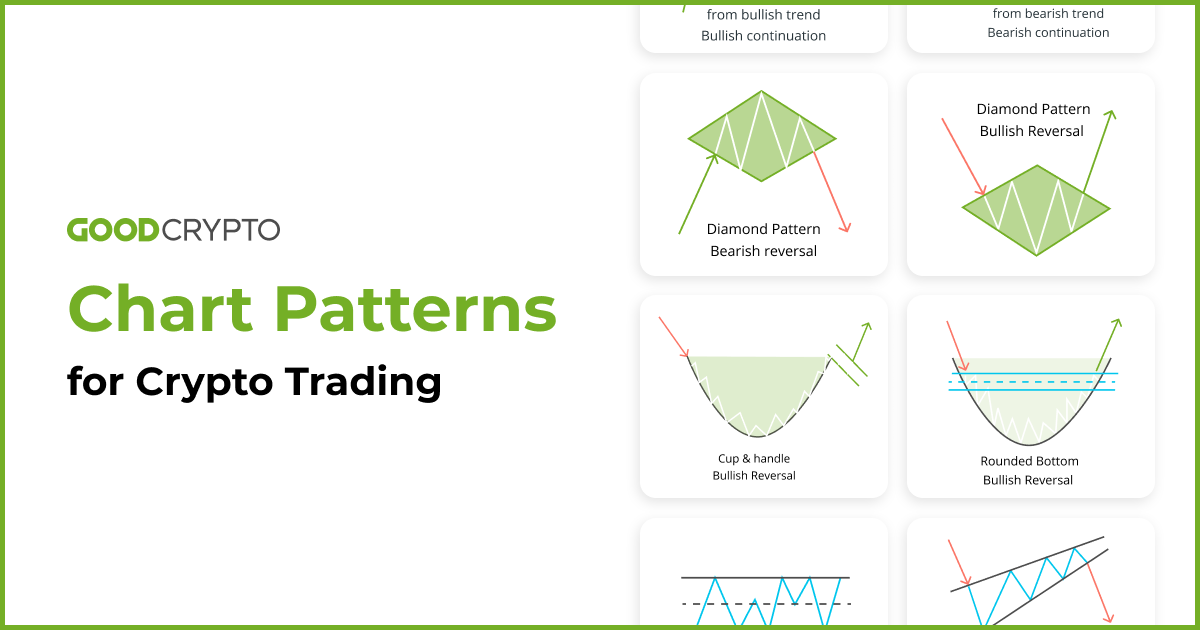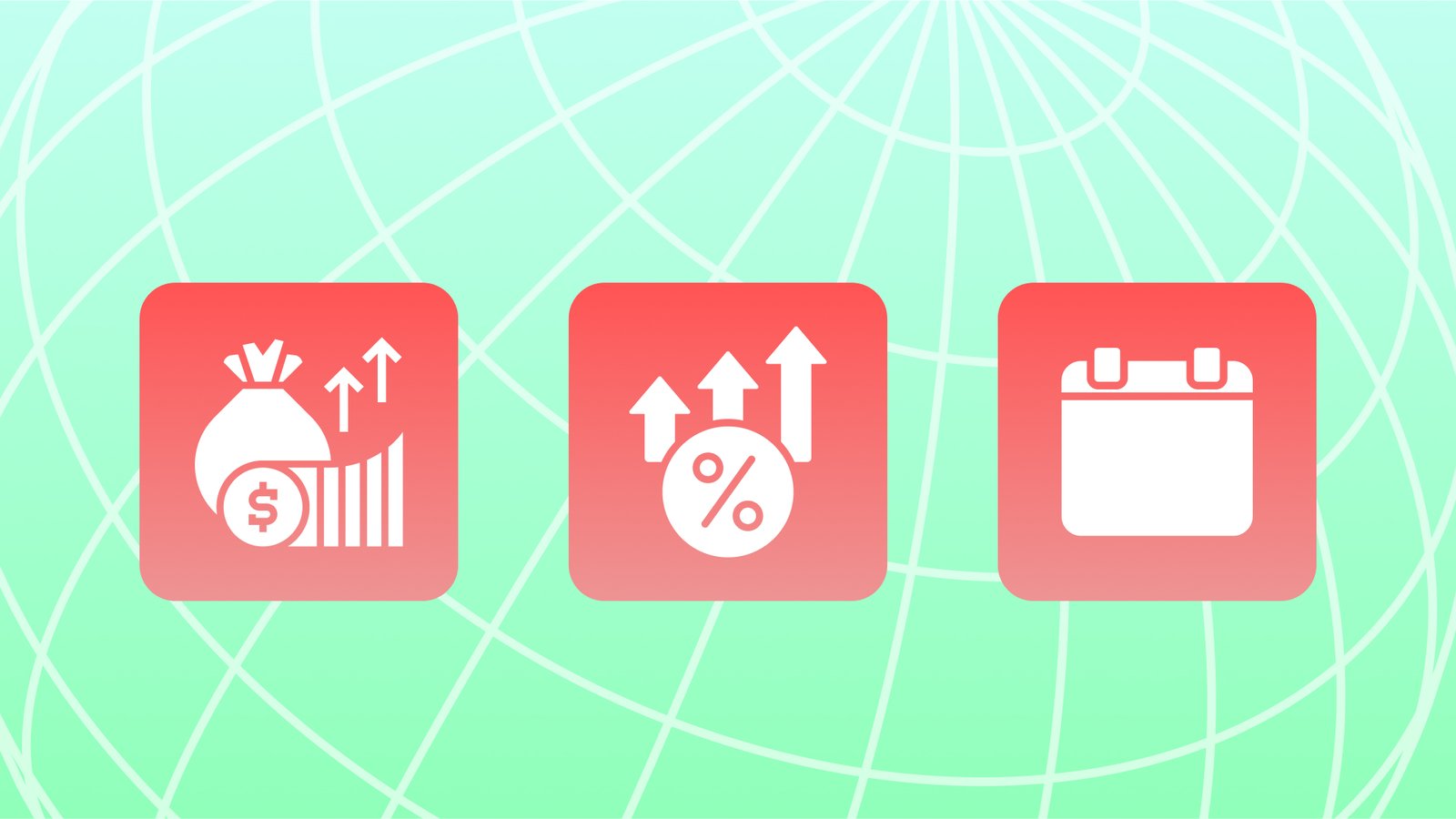Did you know that the first cryptocurrency, Bitcoin, was created in 2009, and if you had invested just $100, it would be worth millions today? In the fast-paced world of crypto day trading, understanding key indicators is crucial for success. This article dives into essential indicators like moving averages, volume, and RSI that can influence trading decisions. You'll discover the importance of chart patterns, market sentiment, and support/resistance levels, as well as how candlestick patterns and Bollinger Bands can aid your strategies. For beginners, we highlight vital indicators to focus on and discuss the risks involved. Additionally, we explore the impact of news, psychological factors, and tools that can enhance your trading performance. With insights from DayTradingBusiness, you'll be equipped to navigate the crypto market effectively.
What are the essential indicators for successful crypto day trading?
The essential indicators for successful crypto day trading include:
1. Volume: High trading volume indicates strong interest and liquidity, making it easier to enter and exit trades.
2. Price Action: Analyzing price movements helps identify trends and reversals; use candlestick patterns for better insights.
3. Moving Averages: The 50-day and 200-day moving averages can signal trends and potential buy/sell opportunities.
4. Relative Strength Index (RSI): This momentum oscillator helps determine overbought or oversold conditions, guiding entry and exit points.
5. MACD (Moving Average Convergence Divergence): Useful for spotting trend changes; look for crossovers and divergence from price.
6. Support and Resistance Levels: Identify key price levels where reversals may occur to make informed trading decisions.
7. News and Sentiment Analysis: Monitor crypto news and social media trends to gauge market sentiment that can influence price movements.
Focus on these indicators to enhance your crypto day trading strategy.
How do moving averages influence crypto trading decisions?
Moving averages help traders identify trends and potential reversal points in crypto. A shorter moving average can signal quick changes, while a longer one shows the overall trend. Traders often look for crossovers, like when a short-term average crosses above a long-term average, indicating a buy signal. Conversely, a crossover below suggests a sell signal. Using moving averages in conjunction with other indicators can enhance decision-making, providing clearer entry and exit points in volatile markets.
What role does volume play in day trading cryptocurrencies?
Volume is crucial in day trading cryptocurrencies as it indicates the strength of a price move. High volume suggests strong interest and can confirm trends, making it easier to enter and exit positions. Low volume may signal weak momentum, increasing the risk of false breakouts. Traders often look for volume spikes to identify potential trading opportunities and confirm signals from other indicators.
How can RSI help identify trading opportunities in crypto?
RSI, or Relative Strength Index, helps identify trading opportunities in crypto by measuring the speed and change of price movements. An RSI above 70 indicates overbought conditions, suggesting a potential price drop, while an RSI below 30 signals oversold conditions, hinting at a possible price increase. Traders often look for divergences between RSI and price trends to spot reversals. Using RSI alongside other indicators can enhance decision-making, leading to more successful day trading in the volatile crypto market.
What are the best chart patterns for crypto day traders?

The best chart patterns for crypto day traders include:
1. Head and Shoulders: Indicates a reversal trend.
2. Double Tops and Bottoms: Signals potential trend reversals.
3. Triangles (Ascending, Descending, Symmetrical): Shows continuation or reversal based on breakout direction.
4. Flag and Pennant Patterns: Suggests a brief consolidation before continuation.
5. Cup and Handle: Indicates bullish continuation after a period of consolidation.
Focus on volume confirmation and context for better accuracy.
How does market sentiment affect crypto day trading strategies?
Market sentiment significantly influences crypto day trading strategies. Positive sentiment can lead to increased buying pressure, prompting traders to adopt bullish strategies, such as riding uptrends. Conversely, negative sentiment often results in selling, pushing traders to implement bearish strategies or short positions.
Key indicators to watch include social media trends, news headlines, and market volume. High engagement on platforms like Twitter or Reddit can signal optimism, while negative news might trigger panic selling. Additionally, tracking order book data helps assess market depth and potential price movements.
Successful day traders often combine sentiment analysis with technical indicators like Moving Averages or Relative Strength Index (RSI) to make informed decisions. Adapting strategies based on sentiment shifts can enhance trading outcomes and mitigate risks.
What is the significance of support and resistance levels in crypto trading?
Support and resistance levels are crucial in crypto trading because they help traders identify potential price reversal points. Support levels indicate where buying interest is strong enough to prevent the price from falling further, while resistance levels show where selling pressure may stop the price from rising. Recognizing these levels allows traders to make informed decisions on entry and exit points, manage risk, and set profit targets. Understanding them can enhance trading strategies and improve overall success in day trading cryptocurrencies.
How can candlestick patterns aid in crypto day trading?
Candlestick patterns can significantly aid in crypto day trading by providing visual cues about market sentiment and potential price movements. Patterns like doji, engulfing, and hammer signal reversals or continuations, helping traders make informed decisions. For instance, a bullish engulfing pattern may indicate a strong buying opportunity, while a bearish doji suggests indecision that could lead to a downturn. Recognizing these patterns allows traders to time their entries and exits more effectively, manage risk, and enhance their overall trading strategy.
What indicators should beginners focus on for crypto trading?
Beginners in crypto trading should focus on the following key indicators:
1. Moving Averages (MA): Simple Moving Average (SMA) and Exponential Moving Average (EMA) help identify trends and potential reversal points.
2. Relative Strength Index (RSI): This momentum oscillator indicates overbought or oversold conditions, helping traders spot potential price reversals.
3. Volume: Analyzing trading volume helps confirm trends and signals; increasing volume can indicate strong price movements.
4. MACD (Moving Average Convergence Divergence): This indicator shows the relationship between two moving averages and helps identify momentum changes.
5. Support and Resistance Levels: Recognizing these levels can guide entry and exit points, as prices often bounce off support or face resistance at these points.
6. Bollinger Bands: They provide insight into volatility and potential price reversals based on standard deviations from a moving average.
Focusing on these indicators can help beginners make informed trading decisions in the crypto market.
How do Bollinger Bands work in cryptocurrency trading?
Bollinger Bands consist of a middle band (the simple moving average) and two outer bands (standard deviations away from the average). In cryptocurrency trading, they help identify price volatility and potential overbought or oversold conditions. When the price touches the upper band, it may indicate overbought conditions, while touching the lower band suggests oversold conditions. Traders often look for price breakouts or reversals when the price moves outside the bands, using these signals to make informed buy or sell decisions.
What are the risks associated with crypto day trading indicators?

The risks associated with crypto day trading indicators include false signals, lagging data, and market volatility. Indicators like moving averages may not react quickly enough to price changes, leading to missed opportunities or losses. Over-reliance on a single indicator can create blind spots, while market manipulation can skew indicator effectiveness. Additionally, emotional trading based on indicator performance can lead to impulsive decisions. Always combine indicators with sound risk management strategies.
## What Key Indicators Should I Consider When Choosing the Best Crypto Markets for Day Trading?
To choose the best crypto markets for day trading, focus on these key indicators:
1. **Liquidity**: Look for markets with high trading volume to ensure easy entry and exit.
2. **Volatility**: Select cryptocurrencies that show significant price fluctuations for profit opportunities.
3. **Market Depth**: Check the order book to ensure there are enough buy and sell orders to support your trades.
4. **Trading Fees**: Compare fees across platforms to maximize your profits.
5. **Regulatory Environment**: Ensure the market complies with regulations to minimize risks.
6. **Technical Analysis**: Utilize charts and indicators to identify trends and potential entry/exit points.
These indicators will help you find the most suitable crypto markets for day trading success.
Learn more about: How to Choose the Best Crypto Markets for Day Trading
Learn about How to Choose the Best Crypto Markets for Day Trading
How can traders use MACD for crypto trading success?
Traders can use MACD (Moving Average Convergence Divergence) for crypto trading success by following these steps:
1. Identify Trends: Look for MACD line crossovers. When the MACD line crosses above the signal line, it signals a bullish trend; a crossover below indicates a bearish trend.
2. Spot Divergence: Watch for divergence between MACD and price action. If prices are rising while MACD is falling, it may indicate a reversal.
3. Use Histogram: Pay attention to the MACD histogram. Increasing histogram bars suggest momentum is building, while decreasing bars may signal weakening momentum.
4. Set Entry/Exit Points: Use MACD to define entry and exit points. Enter trades when the MACD line crosses the signal line and exit when the trend shows signs of reversing.
5. Combine with Other Indicators: Enhance your strategy by combining MACD with other indicators like RSI or moving averages for confirmation.
By applying these tactics, traders can effectively utilize MACD to make informed decisions in the volatile crypto market.
Learn about How to Use Bots for Crypto Day Trading
What is the importance of news and events in crypto day trading?

News and events significantly influence crypto day trading by affecting price volatility and market sentiment. Traders rely on breaking news, regulatory announcements, and technological developments to make informed decisions. For example, a positive news release about a cryptocurrency can lead to a rapid price increase, while negative news can trigger sharp declines. Keeping track of economic indicators and major events, like partnerships or security breaches, helps traders identify potential trading opportunities. Understanding the impact of news allows traders to anticipate market movements and adjust their strategies accordingly for better success in crypto day trading.
Learn about Leveraging News Events in Crypto Day Trading
How can traders effectively analyze crypto market trends?
Traders can effectively analyze crypto market trends by focusing on key indicators like moving averages, RSI (Relative Strength Index), MACD (Moving Average Convergence Divergence), and volume analysis.
1. Moving Averages: Use short-term (e.g., 50-day) and long-term (e.g., 200-day) moving averages to identify trend direction and potential reversal points.
2. RSI: Monitor the RSI to gauge overbought or oversold conditions. An RSI above 70 suggests overbought, while below 30 indicates oversold.
3. MACD: Look at MACD for momentum shifts. Crossovers between the MACD line and the signal line can indicate buy or sell opportunities.
4. Volume Analysis: Analyze trading volume to confirm trends. Rising prices with increasing volume suggest strong momentum, while rising prices with decreasing volume may indicate weakness.
Combining these indicators helps traders make informed decisions and enhances their chances of success in crypto day trading.
Learn about How to Analyze Crypto Market Trends for Day Trading
What tools can enhance crypto day trading performance?
To enhance crypto day trading performance, consider using these key tools:
1. Trading Platforms: Use platforms like Binance or Coinbase Pro for advanced trading features and low fees.
2. Charting Software: Tools like TradingView offer customizable charts and technical indicators for better analysis.
3. Technical Indicators: Utilize indicators such as Moving Averages, RSI, and MACD to identify trends and entry/exit points.
4. News Aggregators: Platforms like CoinDesk or CryptoPanic keep you updated on market news that can impact prices.
5. Portfolio Trackers: Apps like Blockfolio help you monitor your investments in real-time.
6. Automated Trading Bots: Bots like 3Commas can execute trades based on your specified strategies and conditions.
7. Backtesting Tools: Use tools that allow you to test your strategies against historical data, ensuring effectiveness before live trading.
8. Risk Management Tools: Employ stop-loss and take-profit orders to manage your risk effectively.
These tools combined can significantly improve your crypto day trading strategy and performance.
Learn about Tools for Effective Crypto Day Trading
How do psychological factors influence day trading in crypto?
Psychological factors significantly influence day trading in crypto. Emotions like fear and greed can lead to impulsive decisions, affecting traders' ability to stick to their strategies. Overconfidence often results in underestimating risks, while anxiety can cause hesitation, preventing timely trades. Cognitive biases, such as loss aversion, may lead traders to hold onto losing positions too long. Successful crypto day traders need to maintain discipline, manage emotions, and develop a solid mindset to navigate the market effectively.
Conclusion about Key Indicators for Crypto Day Trading Success
In summary, successful crypto day trading hinges on understanding and effectively utilizing key indicators such as moving averages, volume, RSI, and market sentiment. By mastering these elements, traders can identify optimal entry and exit points, manage risks, and enhance their decision-making process. Tools and chart patterns further support these strategies, ensuring that traders remain informed and adaptable. For those looking to refine their trading skills, DayTradingBusiness offers invaluable insights and resources to navigate the complexities of the crypto market.
Learn about Key Indicators for Day Trading Reversals
Sources:
- I am a blockchain too: How does the market respond to companies ...
- Machine learning for cryptocurrency market prediction and trading ...
- Predicting Bitcoin Market Trends with Enhanced Technical Indicator ...
- Review A survey of deep learning applications in cryptocurrency
- Predicting bitcoin returns using high-dimensional technical indicators